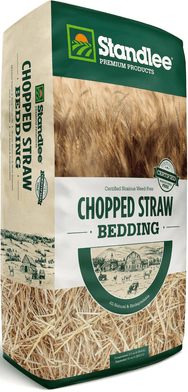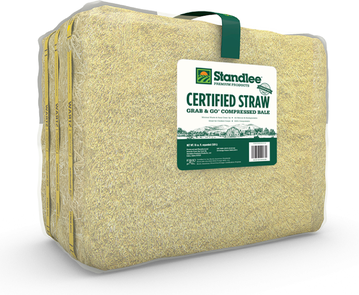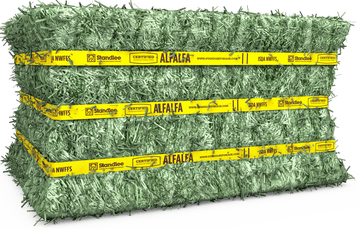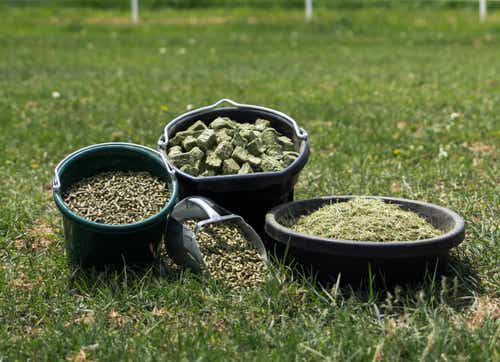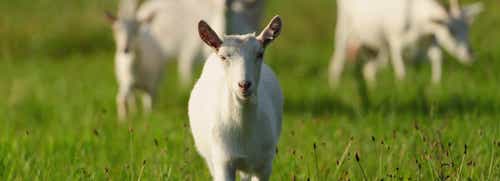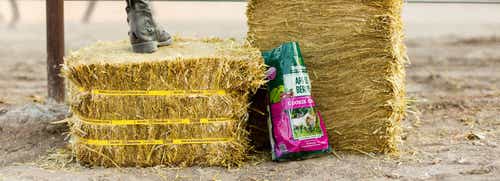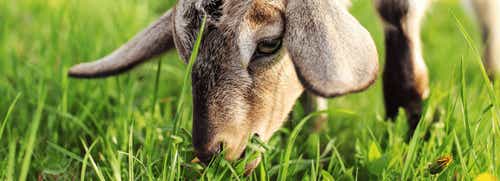
Preparing Your Autumn Garden
As summer winds down, it’s the perfect time to start preparing your garden for the autumn season. Properly transitioning your garden can significantly enhance its health and productivity during the cooler months. Whether you're a seasoned gardener or a novice, understanding the importance of autumn preparations and how to carry them out effectively is crucial for a thriving garden.
Why is it Important to Prepare Your Garden for Autumn?
As the warmth of summer gives way to the crisp air of autumn, it becomes important to prepare your garden for the seasonal shift. This preparation ensures that your plants remain healthy and vibrant. Here are some key reasons why autumn garden preparation is important:
First, preparing your plants for the changing temperatures and shorter days helps them adapt. Cooler weather triggers various physiological changes in plants, and by providing the right conditions—like proper pruning and watering—you can facilitate a smoother transition.
Second, autumn presents unique challenges such as pests and diseases. Using measures like mulching and applying organic fertilizers such as hay, can protect your plants from these threats while providing essential nutrients for their growth.
Finally, planning your autumn planting is critical for a successful garden. You’ll want to ensure you choose plants suited for the season, such as cool-season vegetables and flowers. Preparing the soil and selecting the right plants can lead to a bountiful harvest and a colorful garden.
By dedicating time to prepare your garden for autumn, you lay the groundwork for a beautiful and thriving space. Ensure your plants receive the care they need, protect them from potential threats, and plan your planting schedule for a successful season. These steps will help you enjoy an autumn garden brimming with life.
When to Start Preparing Your Garden for Autumn
Timing is key when preparing your garden for autumn. By understanding your local climate, identifying the first frost date, and planning your tasks ahead of time, you can ensure a healthy and productive garden.
Knowing your local climate and the average first frost date is crucial. Different regions have varying climates and frost dates, which impact the timing of your preparations. Research your area’s climate and frost date to determine the optimal time to start your garden tasks and brace for colder temperatures.
Plan ahead by creating a checklist of tasks, such as cleaning debris, pruning, and adding compost or mulch. This planning ensures you have ample time and resources to complete these tasks before the weather turns too cold.
Timing your fall crop planting correctly is essential. Crops like lettuce and spinach thrive in cooler temperatures and should be planted in late summer or early autumn. Others, like carrots and radishes, have shorter growing seasons and can be planted later. Research the planting times for each crop and schedule accordingly.
By understanding your local climate, planning your tasks, and timing your planting, you can successfully prepare your garden for autumn.
Essential Tools for Preparing Your Autumn Garden
Selecting the right plants for autumn is crucial. We recommend opting for plants that are resilient to cooler temperatures, such as pansies, chrysanthemums, and ornamental kale. These selections will add vibrant color to your garden and endure the changing weather.
Preparing your soil for autumn planting requires specific tools. A garden fork or tiller is ideal for loosening compacted soil, allowing plants to root more easily. Additionally, a rake is useful for removing debris and leveling the soil after tilling.
Garden cleanup and maintenance are essential for a thriving autumn garden. Pruning shears are necessary for trimming dead branches and shaping plants, while a leaf blower or a rake can help clear fallen leaves, maintaining garden tidiness and preventing disease. Don’t forget a sturdy pair of gardening gloves to protect your hands while working.
Tips for Transitioning Your Summer Garden to Autumn
As summer ends and autumn approaches, it’s time to prepare your garden for the seasonal change. Here are some tips to help you transition smoothly:
Assess and remove spent summer plants
Walk through your garden and identify plants that have finished producing or are in decline. Removing these plants makes room for new autumn plantings and helps prevent the spread of disease.
Add organic matter and mulch to improve soil fertility
Before planting new crops, replenish the soil by adding organic matter to improve fertility and provide essential nutrients for your plants. Straw is an excellent mulching choice; it protects from pests and weeds, aids in moisture retention, provides temperature control, and keeps your garden looking attractive.
Protect delicate plants from temperature fluctuations
As temperatures drop, protect delicate plants from frost and fluctuations by covering them with frost blankets or moving potted plants indoors.
Following these tips will ensure a smooth transition for your garden from summer to autumn. To further support your garden, explore our range of hay and straw options.
Common Questions About Preparing Your Autumn Garden
As you transition from summer to autumn, you might have questions about effectively preparing your garden for the new season. Here are some common questions, and our feedback:
How do you deal with pests and diseases in your garden during the Autumn transition?
As the weather cools, certain pests and diseases become more active. Practice good garden hygiene by removing dead or decaying plant material, which can attract pests and harbor diseases. Regularly inspect your plants for signs of infestation or disease and take appropriate actions, such as using organic pest control methods or consulting a local gardening expert.
What do you do with fallen leaves and garden debris?
Fallen leaves and garden debris can be valuable resources. Instead of discarding them, consider composting. Leaves add essential carbon to your compost pile, creating nutrient-rich soil for future plantings. Alternatively, use a mulching mower to shred the leaves and leave them on the lawn as natural fertilizer. You can also use leaves as a protective layer around delicate plants to insulate them from winter cold.
What are the benefits of using hay or straw in the garden?
Hay is a great way to prevent and manage erosion control. It helps with moisture retention and weed suppression, and provides the soil with rich nutrients as it breaks down. For seeds and starter plants, hay provides a warm, moist, and nutrient-dense growing environment.
Additional Standlee Resources:
Why Use Alfalfa in Your Garden as a Natural Fertilizer Solution? - Read the blog post.

